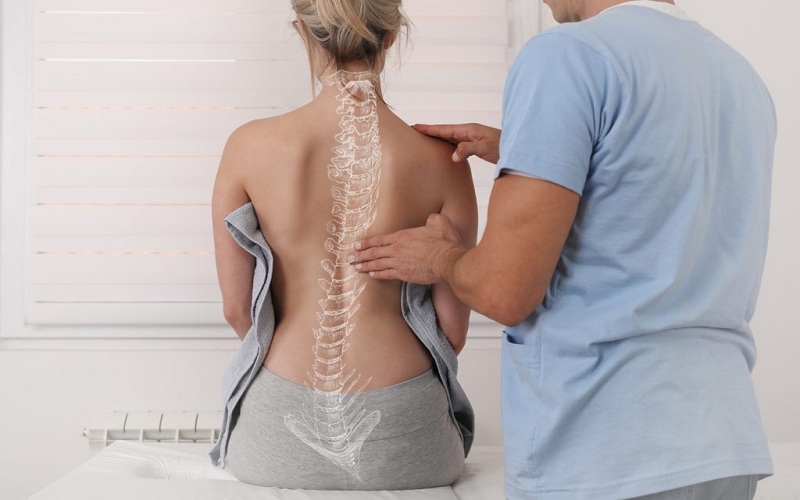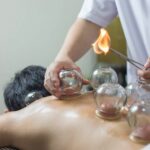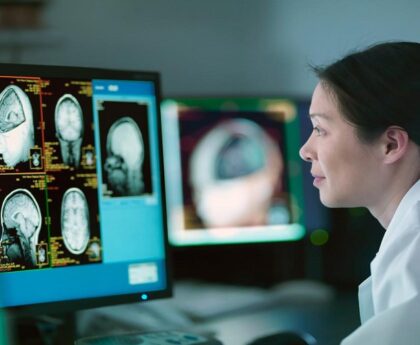Understanding Scoliosis
Scoliosis is a condition characterised by an abnormal sideways curvature of the spine, often presenting in an “S” or “C” shape. In Singapore, scoliosis affects a significant number of individuals, with both adolescents and adults being susceptible to its development. It’s crucial to comprehend the different types of scoliosis, including idiopathic, congenital, and neuromuscular, to understand the complexities of its treatment.
Importance of Early Detection and Diagnosis
Early detection and diagnosis of scoliosis are paramount as it allows for timely intervention and management. In Singapore, various screening methods, such as the Adam’s Forward Bend Test and spinal X-rays, are employed to detect scoliosis in its early stages. Failure to address scoliosis promptly can lead to potential risks such as worsening curvature, pain, and spinal deformities.
Overview of Scoliosis Treatment Options
When it comes to treating scoliosis, there are two main approaches: conservative treatments and surgical interventions. Conservative treatments typically involve techniques like bracing and physiotherapy. Bracing aims to halt the progression of spinal curvature, especially in growing adolescents. Physiotherapy, on the other hand, focuses on exercises and stretches to improve posture, muscle strength, and flexibility. Surgical interventions are considered for severe cases of scoliosis and involve techniques such as spinal fusion and instrumentation.
The Role of Schroth Method in Scoliosis Management
One innovative approach gaining traction in scoliosis management is the Schroth Method. Originating from Germany, the Schroth Method is a conservative, three-dimensional approach aimed at correcting spinal imbalances through specific exercises and corrective breathing techniques. In Singapore, leading scoliosis treatment centres integrate the Schroth Method into their treatment protocols, offering patients a holistic approach to managing their condition.
Pilates and Physiotherapy: Complementary Approaches
Pilates and physiotherapy serve as complementary approaches to scoliosis treatment. Pilates exercises focus on strengthening the core muscles, improving posture, and enhancing body awareness, making it an ideal modality for individuals with scoliosis. Physiotherapy techniques, including manual therapy and therapeutic exercises, aim to address pain, stiffness, and mobility issues associated with scoliosis. Combining Pilates and physiotherapy allows for a comprehensive treatment approach tailored to each patient’s needs.
What to Expect from Scoliosis Physiotherapy Treatment in Singapore
In Singapore, scoliosis physiotherapy treatment encompasses a range of techniques aimed at reducing pain, stabilising spinal curves, and improving overall function. Patients can expect a personalised treatment plan that may include ultrasound therapy, electrotherapy, manual therapy, and tailored exercise programmes. Emphasis is placed on restoring normal spinal range of motion, enhancing muscular strength and flexibility, and establishing healthy movement habits to prevent recurrence.
Self-Management and Preventive Measures
Beyond professional treatment, self-management and preventive measures play a crucial role in managing scoliosis. Patients are encouraged to incorporate daily exercises, maintain proper posture, and follow ergonomic guidelines to support their spine. Additionally, establishing a regular home exercise routine prescribed by a physiotherapist is essential for long-term management and preventing re-exacerbation of symptoms.
Seeking Professional Help: Finding the Right Scoliosis Treatment Centre in Singapore
Choosing the right scoliosis treatment in Singapore is vital for receiving comprehensive care and support. Factors to consider include the expertise of healthcare professionals, availability of advanced treatment modalities, patient testimonials, and the overall treatment approach. By seeking treatment from a reputable centre with experience in managing scoliosis, individuals can access the resources and support needed to effectively manage their condition.





